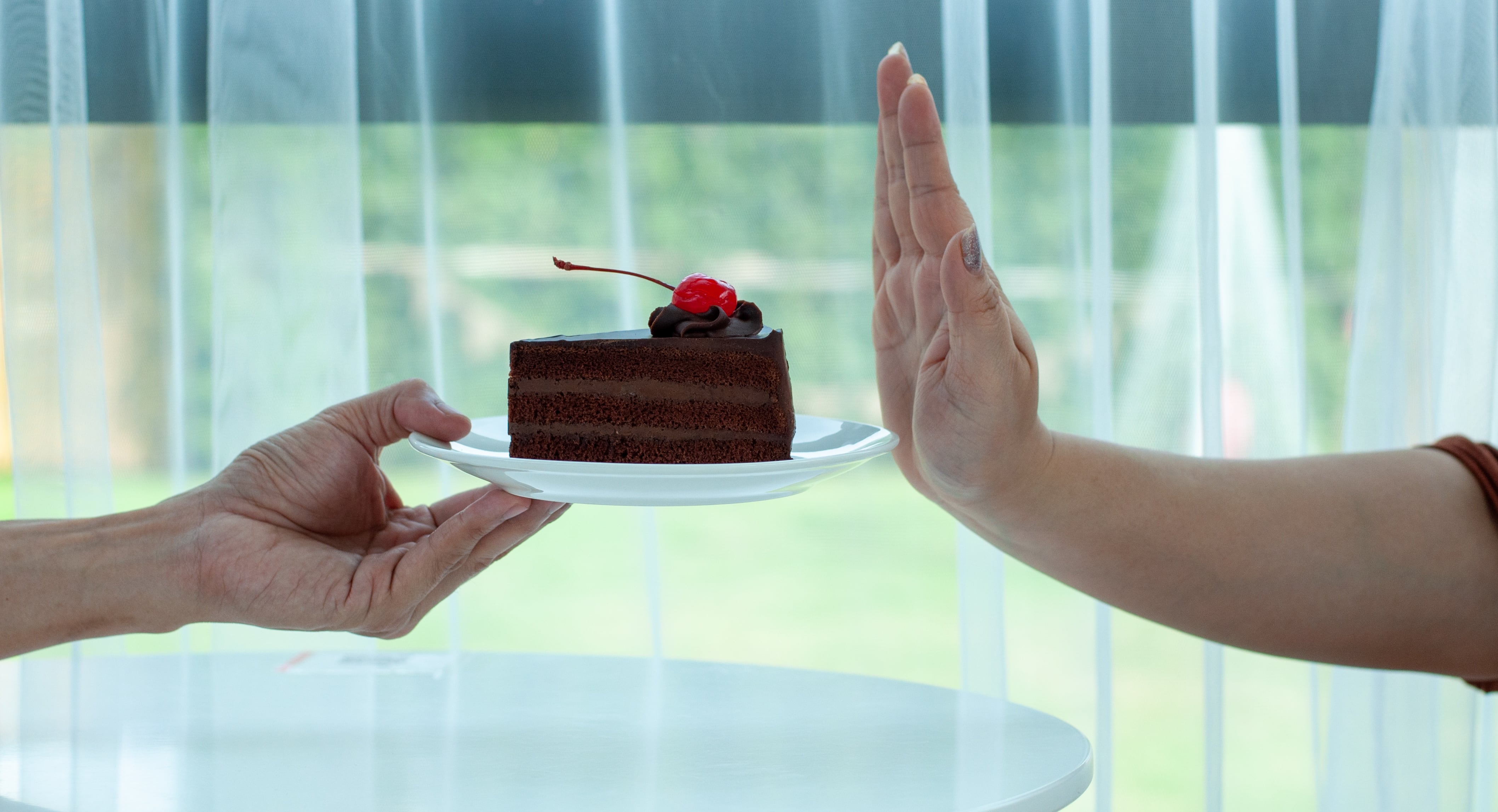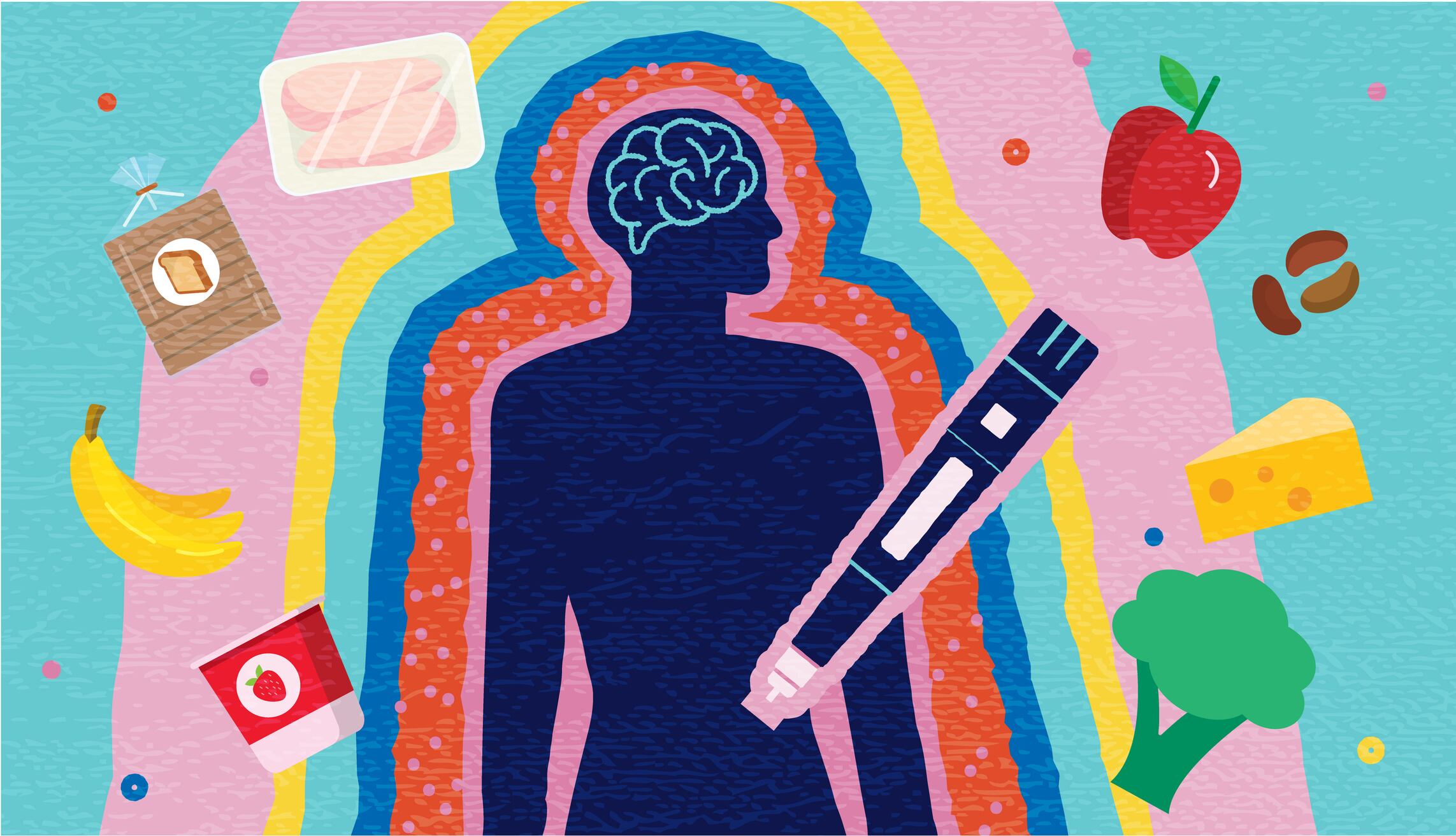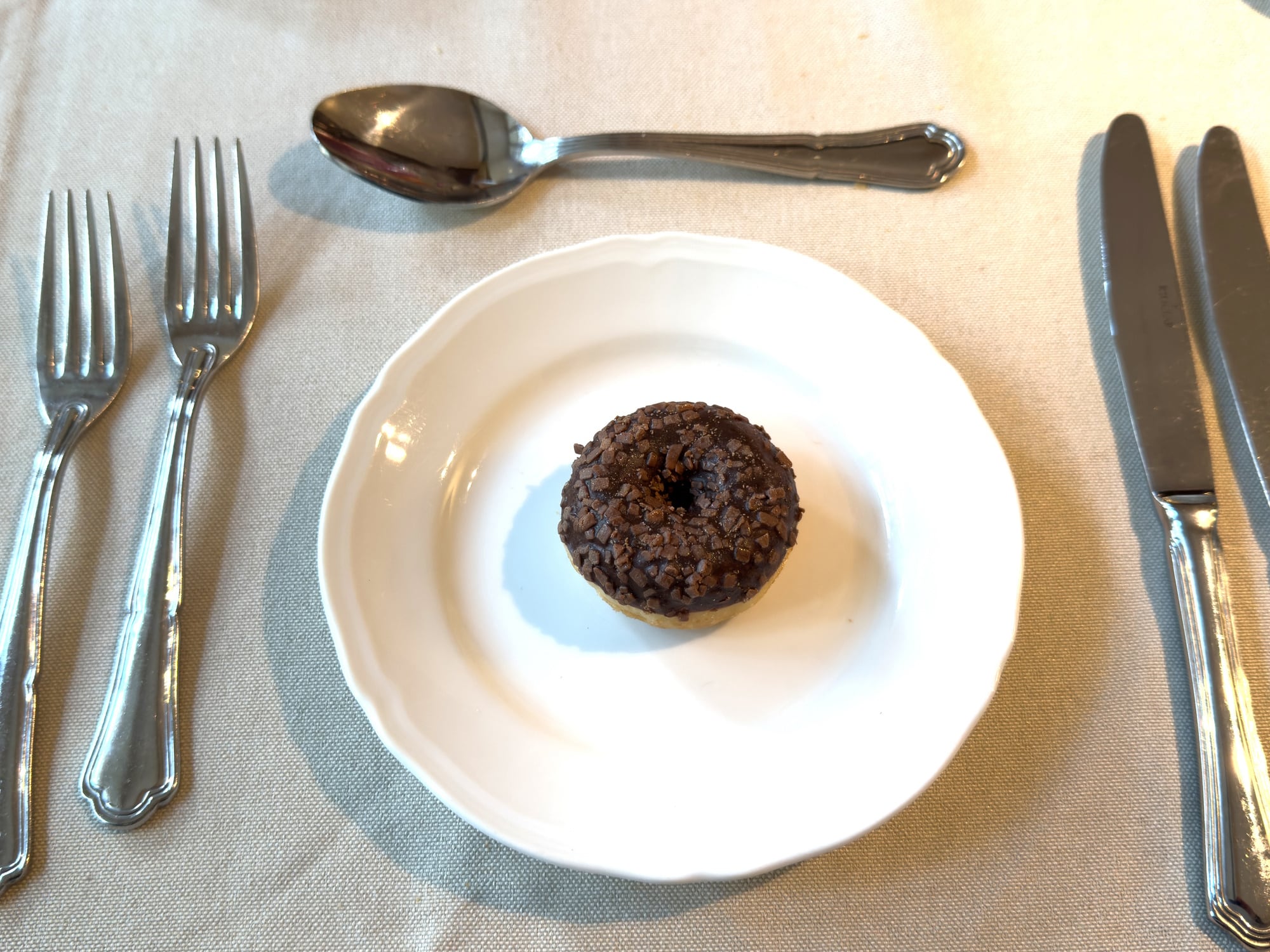Key takeaways:
- GLP-1 drugs are cutting household snack spending by 5–11% within six months, hitting cookies, chips and sweet bakery the hardest.
- Brands from Nestlé to Conagra are pivoting toward protein, fiber and portion-controlled formats to capture demand from GLP-1 users.
- While billions in indulgent snack sales are at risk, GLP-1s are also fueling growth in functional, nutrient-dense foods.
From Oreos to Wonder Bread, the world’s biggest comfort foods are suddenly under siege. GLP-1 agonists like Ozempic, Wegovy and Mounjaro – originally developed to treat diabetes and now taken by millions for weight loss – are rewriting consumer appetites in real time. They mute hunger, alter taste preferences and can cut daily calorie intake by up to 30%, according to Morgan Stanley.
That single mechanism has turned into a market earthquake. Roughly 8%-10% of US adults are already on GLP-1s; PwC says another 30-35% are considering them; and projections suggest as many as 30 million users worldwide by 2030. The obesity drug market itself could be worth $126-$150 billion by the end of the decade.
For bakers and snack makers, the implications are brutal – and potentially transformative.
The early consumer data is unambiguous. IFF’s recent research reports that 85% of GLP-1 users experience significant taste and appetite changes, with 74% actively avoiding fatty foods and 67% skipping sweets entirely. Additional surveys align with this trend: NielsenIQ finds that 66% of US users are snacking less, and Kantar reports the same 66% figure in the UK.
Within six months of starting treatment, grocery spending drops sharply. The Cornell–Numerator study shows a 5.5% average reduction in grocery bills, with higher-income households cutting spending by as much as 8.6%. Further breakdowns reveal chips spending down 11%, sweet bakery down ~7%, and similarly sharp declines across indulgent snack categories. These findings mirror broader patterns observed among GLP-1 households in the Numerator study.
Billions in sales on the line

Indulgence aisles are taking real damage: cookies, cakes, chips, pastries, all in decline. A 2024 Corbion survey indicates 48% of users are buying bread less often, with 37% reducing purchases of sweet goods. Simultaneously, demand is rerouting into more functional categories: eggs, protein-rich snacks and other nutrient-dense formats are seeing noticeable growth as consumers shift their priorities.
| Region | GLP-1 penetration | Snack/bakery impact | Market outlook 2030 |
|---|---|---|---|
| US | 8-10% of adults | Chips: -11% Bakery: -9% | 24 million users; $52bn snack market |
| Europe & UK | 4.1% of households | 66% of users snacking less | Generics in 2026 to widen access |
| Asia-Pacific (China) | Low but rising | No broad data as yet | Tens of millions projected; $31bn snack sector |
In the US, snack titans are already feeling the drag. PepsiCo has posted five straight quarters of declining snack volumes. Mondelez’s North American revenue slipped 4% as shoppers leaned into staples like eggs and lean proteins. Flowers Foods reports white and whole-wheat bread sales are sliding.
Still, executives have tried to calm investors. PepsiCo’s CFO said there has been “very little impact,” pointing to Quaker’s high-protein lineup. Mondelez’s CEO argued GLP-1s have had “no effect” on demand and might shave only half a percent from volumes a decade from now. PwC disagrees, calling the shift “seismic.” Euromonitor also warns that indulgent bakery and salty snacks are facing structural headwinds.
GLP-1 by the numbers
8-10% of US adults already on a GLP-1
30-35% of consumers say they’re interested (PwC)
30 million projected global users by 2030
$126-$150 billion projected size of the obesity drug market by 2030
Household snack spend falls 5-11% within six months of a GLP-1 start
Reformulation or retreat

Not all players are on the defensive. Conagra has rolled out ‘GLP-1 friendly’ icons on certain Healthy Choice meals. Nestlé has launched Vital Pursuit – frozen meals and a pre-meal protein drink targeted squarely at this market. Legendary Foods now markets high-protein, zero-sugar donuts and pastries. Bay State Milling is pushing high-fiber wheat flour with 10x the fiber of conventional white flour.
The pivot is unmistakable – indulgence is giving way to nutrient density. High-protein bars, fiber-fortified crackers, portion-controlled packs and low-glycemic baked goods are now leading the charge. Mintel data show that claims such as ‘good source of protein’ and ‘rich in fiber’ generate 2-3x higher purchase intent among GLP-1 users than traditional snack formats.
IFF research underlines the shift. 85% of GLP-1 users report their taste and texture preferences have changed, with fat-rich snacks now a turn-off and lighter, functional options winning favor. Developers are responding by experimenting with soluble fibers such as chicory and inulin, natural sweeteners like allulose and monk fruit, and digestive-friendly ingredients like ginger.
Top 5 ‘GLP-1 friendly’ launches
Nestlé Vital Pursuit: Frozen meals plus a protein drink (rolled out in fall 2024)
Conagra Healthy Choice On Track: Meals carrying a ‘GLP-1 friendly’ badge (January 2025)
Legendary Foods Protein Donuts: 20g protein, 0g sugar (August 2025)
Dave’s Killer Bread (Flowers Foods): positioning its fiber-forward breads in response to shifting demand
Bay State Milling’s High-Fiber Wheat Flour: 10x the fiber of white flour (commercialised in 2025)
Supply chains under pressure

The pivot to protein collides with fragile supply chains. Avian influenza has wiped out more than 100 million hens, sending egg prices up 180% since early 2024. Bakeries are scrambling to reformulate with aquafaba, flaxseed or chia – just as GLP-1 demand accelerates protein consumption.
Fibers and plant proteins are also seeing sharp demand spikes. Bay State Milling says customers increasingly want ‘GLP-1-aligned’ innovations. Probiotics and hydration-focused formulations are rising, too, pitched at digestive comfort – another need among GLP-1 users.
Labeling adds a further challenge. There is no clear definition of ‘GLP-1 friendly’ and experts warn that indiscriminate use could trigger FDA pushback. Safer ground lies in validated claims – high protein, high fiber, portion control – that are both defensible and consumer-friendly.
Winners and losers
Losing share: Cookies, chips, pastries, sweet bakery (−7% to −11% in six months among US GLP-1 households)
Holding ground: Bread overall flat, though white loaves are down
Winning share: Eggs, protein snacks, high-fiber breads, functional bars, portion-controlled packs
The new normal

GLP-1s aren’t a passing fad. With generics arriving in 2026, access will expand. Many users will cycle on and off treatment, but the baseline change – tens of millions snacking less and demanding more from what they do eat – is here to stay.
The industry is at a crossroads, especially for bakery and snack producers. Companies that innovate with protein, fiber and portion control can capture new growth, while those clinging to old indulgences risk watching their bestsellers fade from carts. GLP-1s are the most powerful appetite suppressant the food industry has ever faced – stripping billions from traditional treats, yet also igniting what could be the next great wave of functional snacking.




